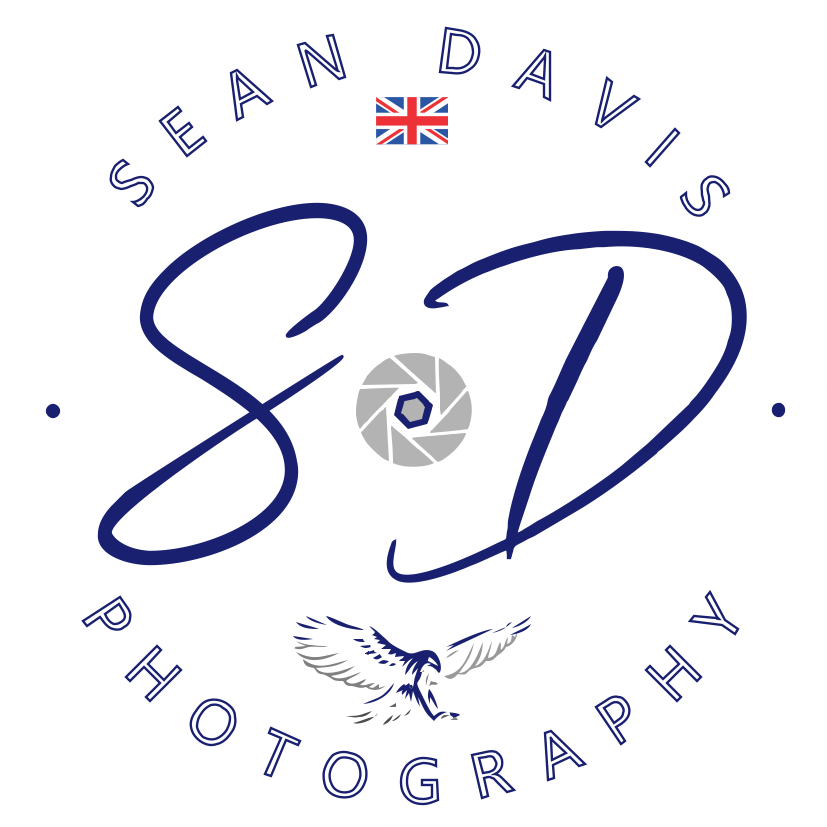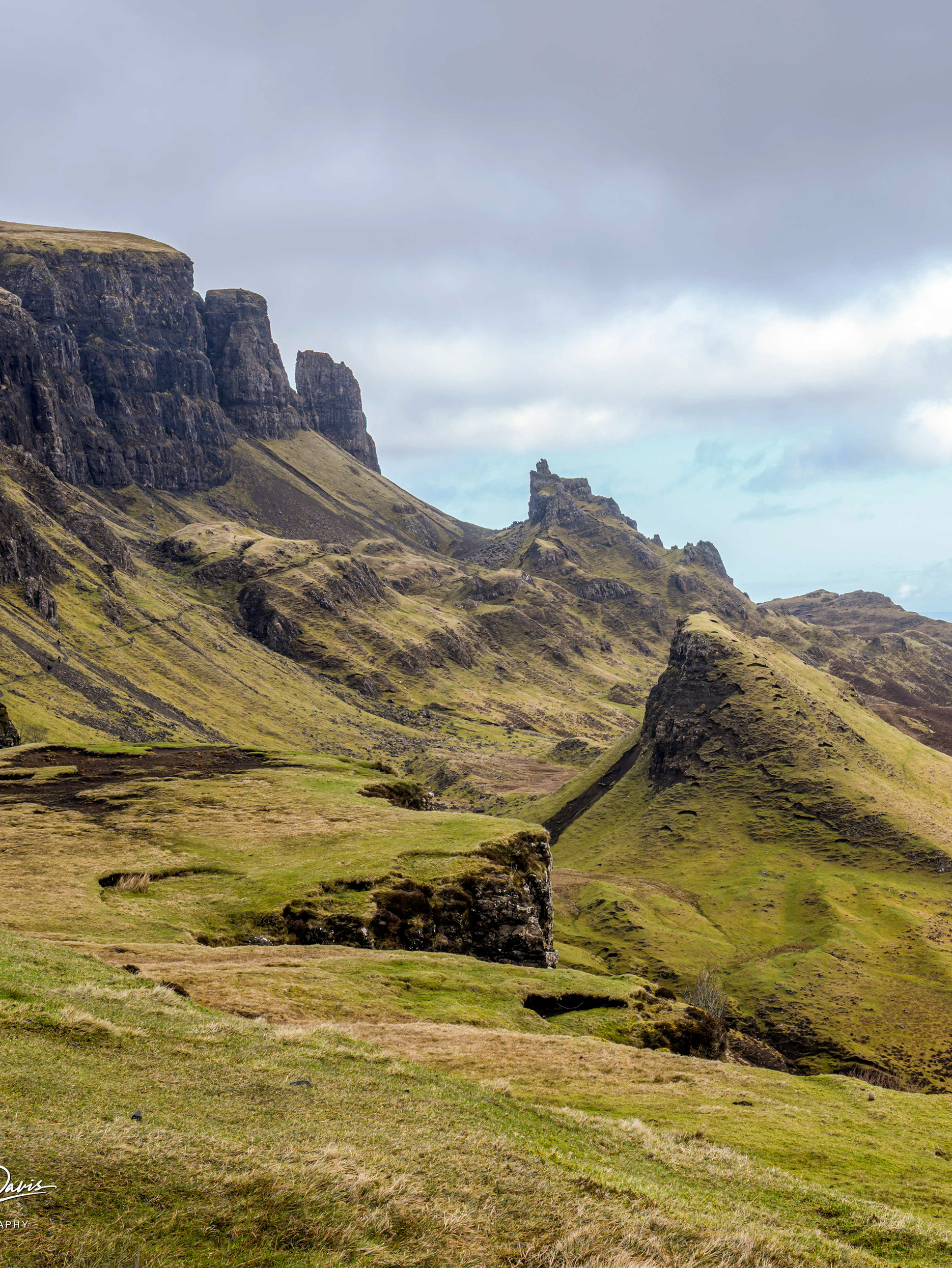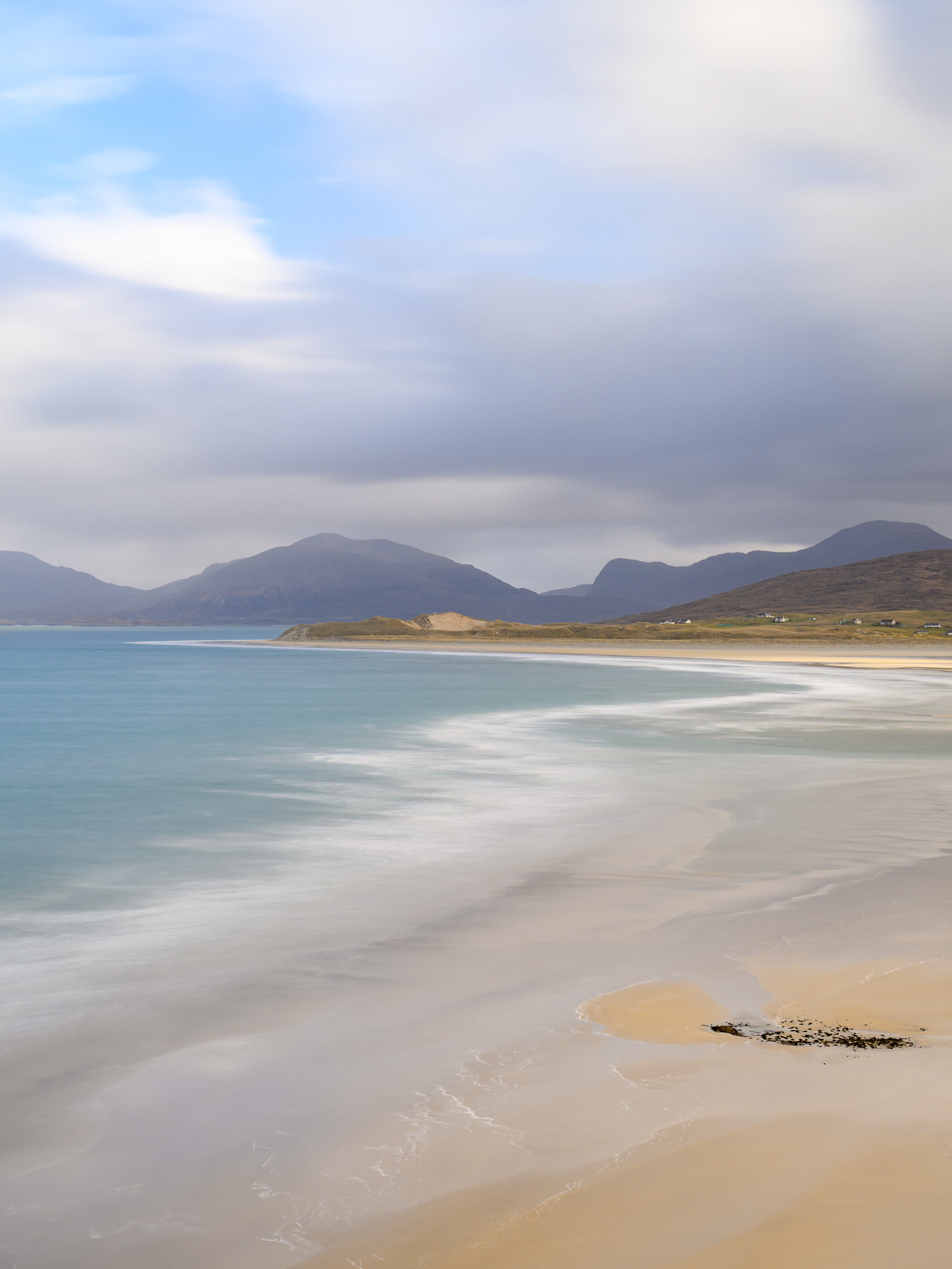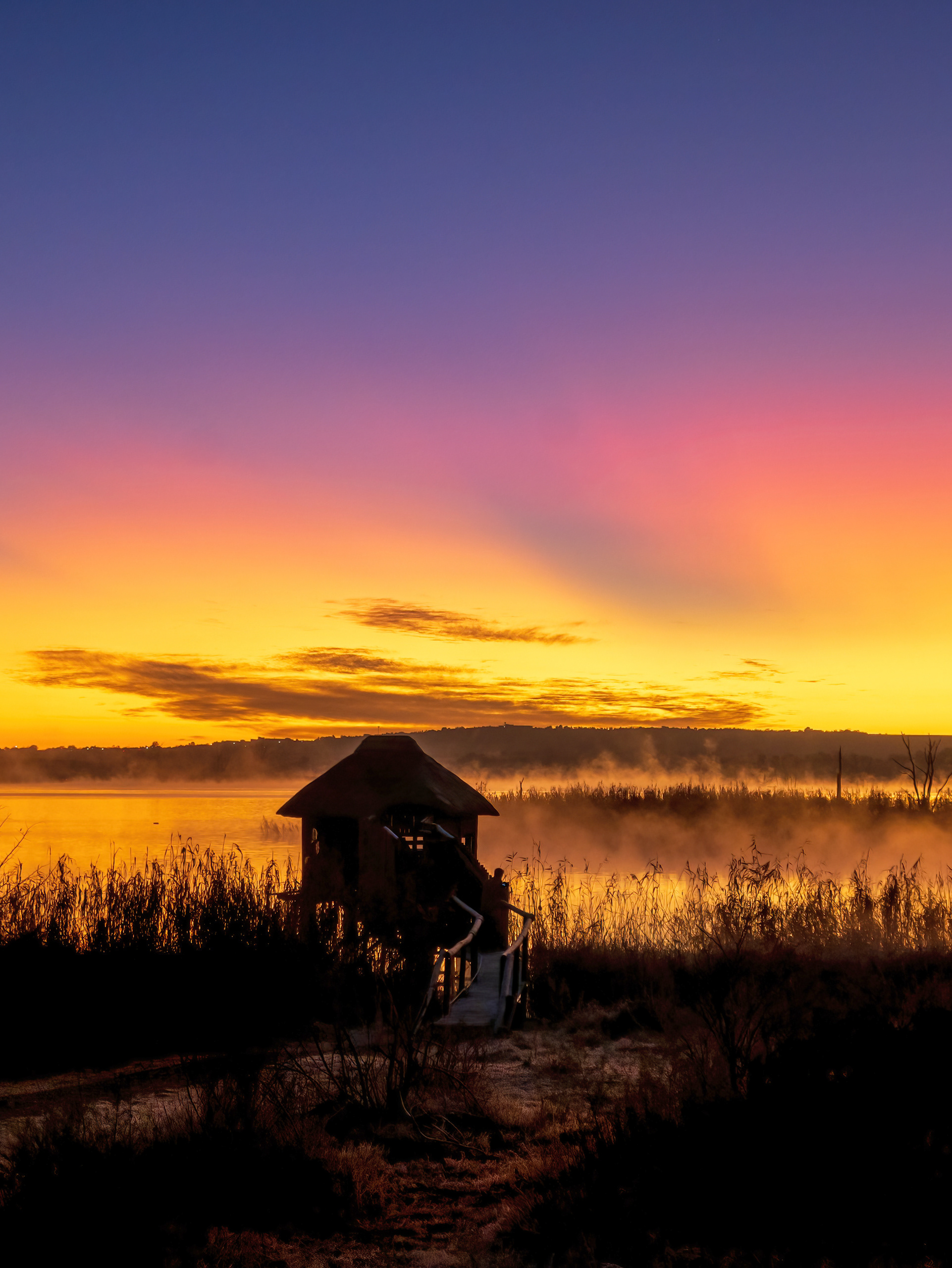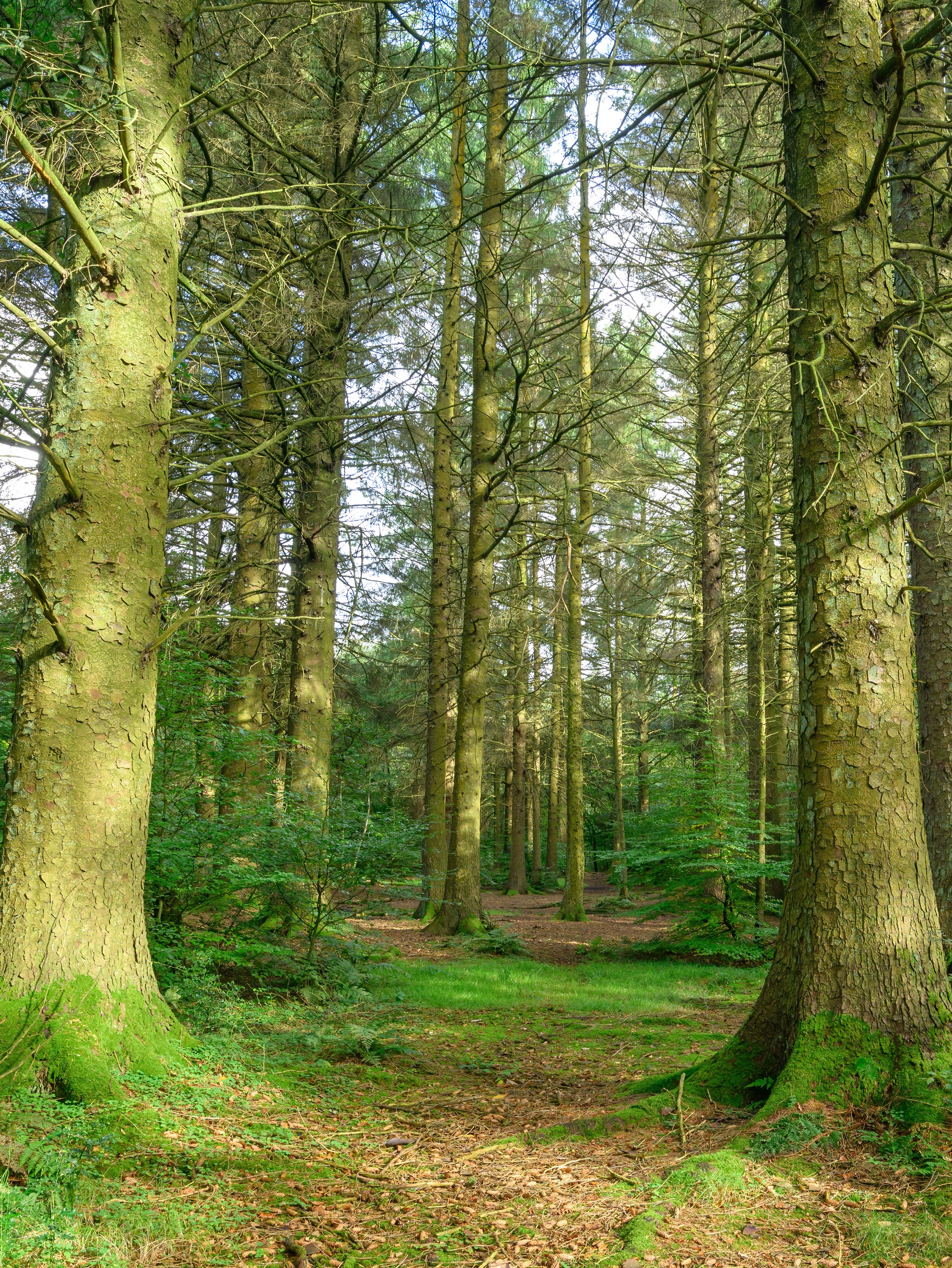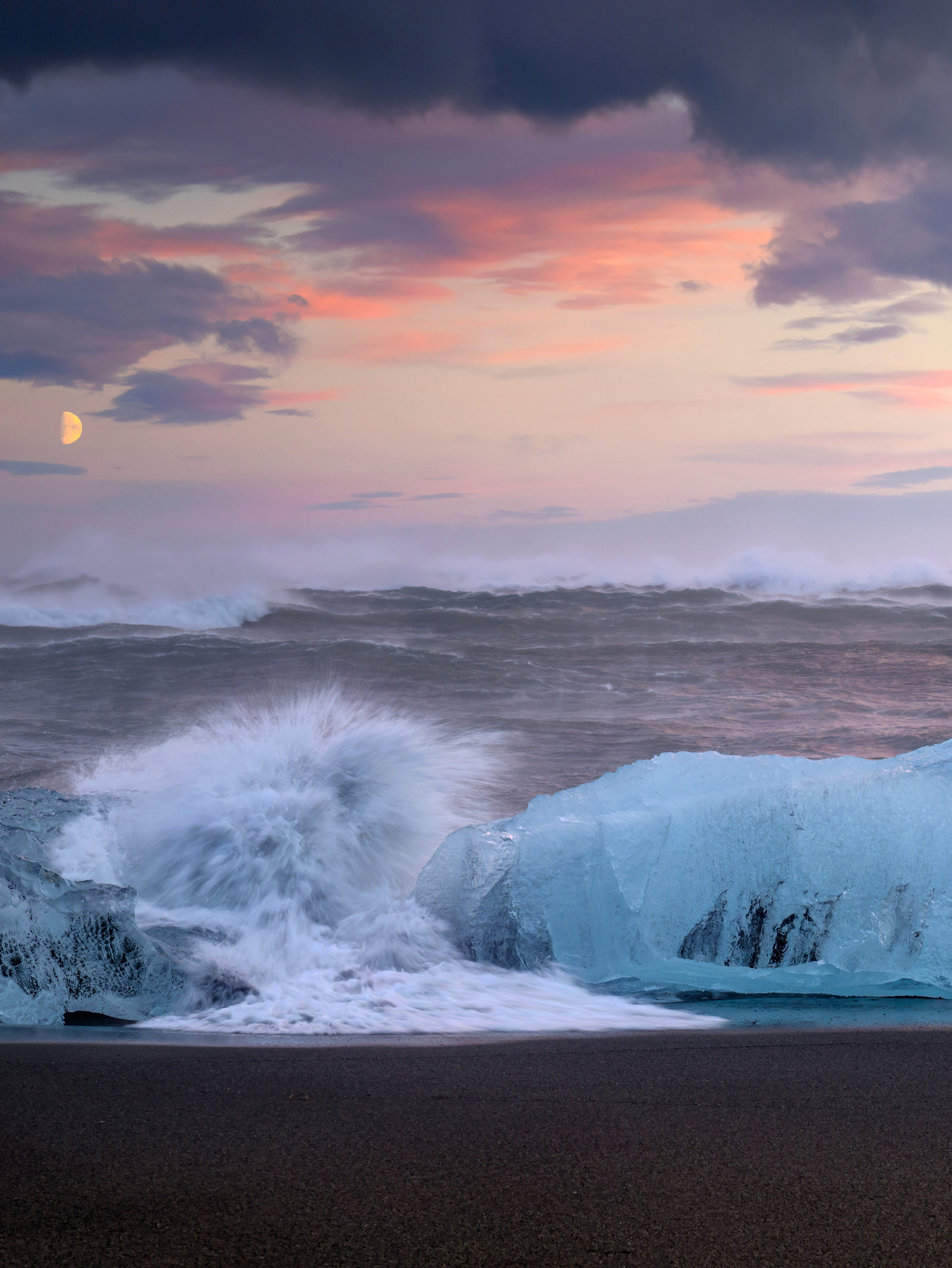The Northern Lights - or aurora borealis - appear as bright, swirling curtains of lights in the night sky and range in colour from green to pink and scarlet.
The lowest part of an aurora is typically 50 miles (80 km) above the Earth's surface. The highest part could be 150 miles (800km) above the Earth.
It's an incredible spectacle to see!

Northern Lights Longridge 10 Oct 2024

Northern Lights Longridge 10 Oct 2024
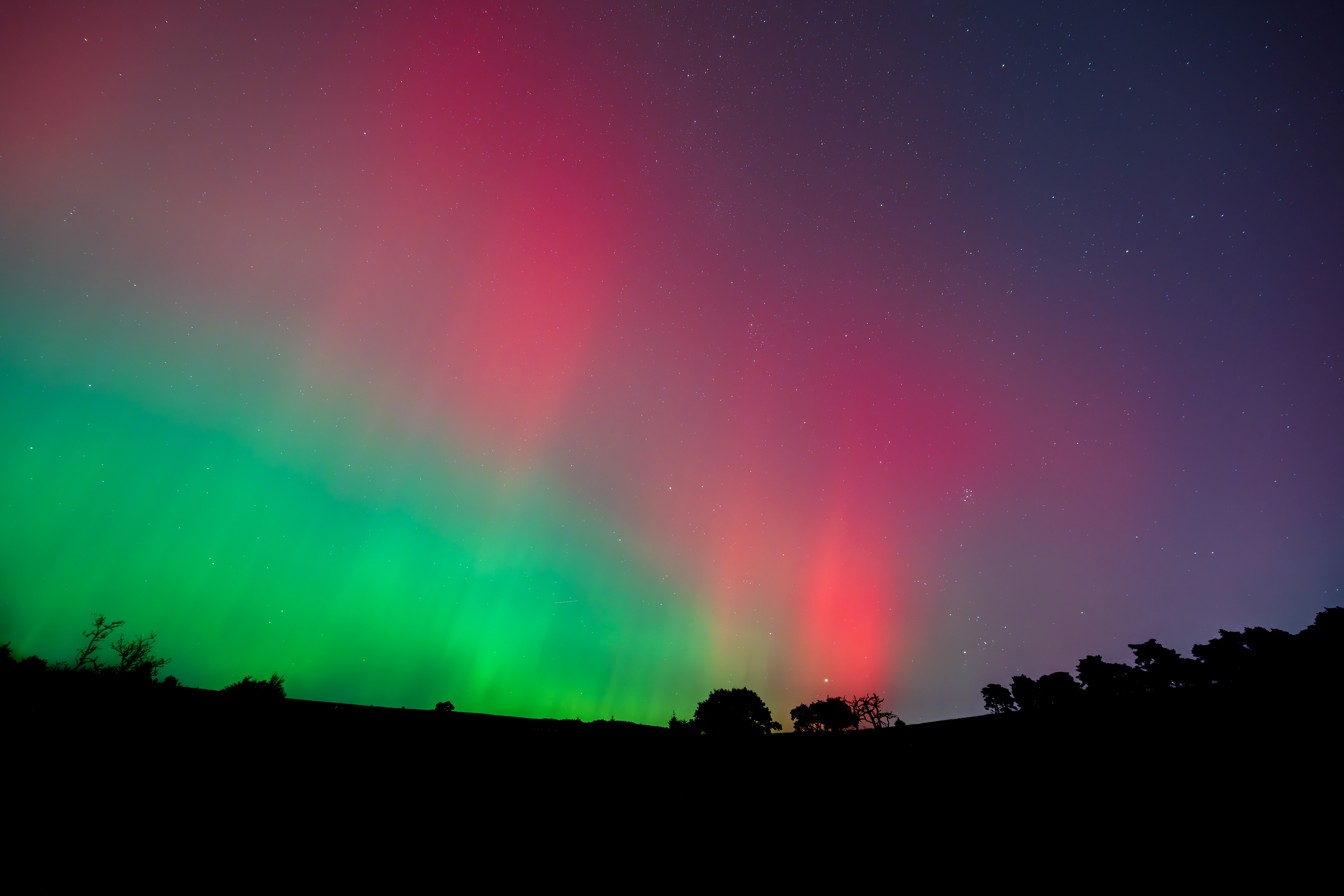
Northern Lights Longridge 10 Oct 2024

Northern Lights Longridge 10 Oct 2024

Northern Lights Longridge 10 Oct 2024

Northern Lights Longridge 10 Oct 2024

Northern Lights Longridge (8 minutes)

Northern Lights Longridge 10 Oct 2024
Different Colours of Northern Lights
Different gases produce different colours when energised.
The two most common gases in the Earth's atmosphere are nitrogen and oxygen. Oxygen atoms glow green - the colour most often seen in the Northern Lights.
Nitrogen atoms emit purple, blue and pink.
These colours are seen less often because nitrogen atoms are harder to energise than oxygen atoms. Only a really big ejection of solar particles produces this kind of display.
Sometimes the Northern Lights are scarlet. This is the colour seen when oxygen is energised by solar particles at very high altitudes.
